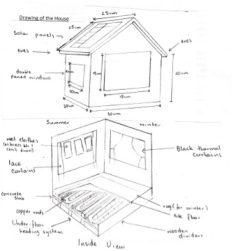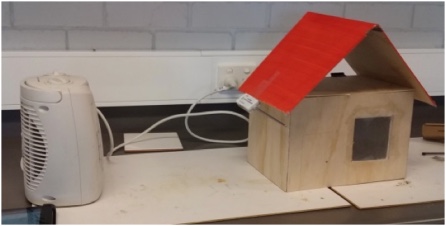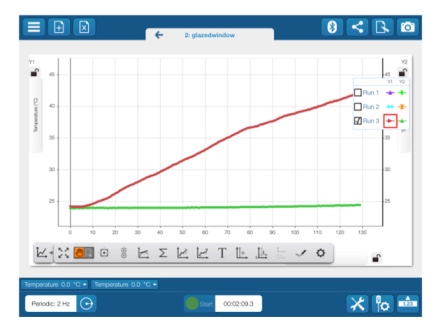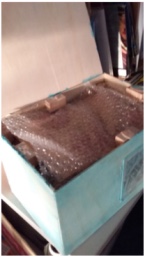
Year 11 Physics
On a really hot day the first instinct is to turn on the air-conditioner to cool the house or the room down. Did you know every time we do this we burn more fossil fuels to supply the electricity, which produces extra carbon dioxide contributing to global warming, in addition to making our power bills more expensive? With better design of our houses and buildings it is possible to significantly reduce the need for air conditioning and heating.

Tracey’s Year 11 Physics students designed and constructed an energy efficient house, then designed experiments to test it. The project was a collaborative effort with Greg (D&T), who kindly cut the wood for us, Jenni (lab technician), who organised getting the wood and other resources, and Belinda (Integrated Science), who organised the cutting.
Students used insulation such as bubble wrap, corrugated cardboard and foam. The windows included features such as double glazing (two sheets of perspex) and one group simulated a hot day by blowing a hot fan through a wet curtain to cool the house down.

In the photo of the experiment a hot fan is shown heating the house.
Sparkvue data

The red line shows the results from a Pasco wireless temperature sensor outside the house (taped just under the eaves in the photo).
The green line shows the results from the temperature sensor inside the house staying at 22 degrees, while the outside climbed to 43 degrees (seriously hot day!) directly in front of the heater.
The houses also stayed warm when they were put in the fridge!

